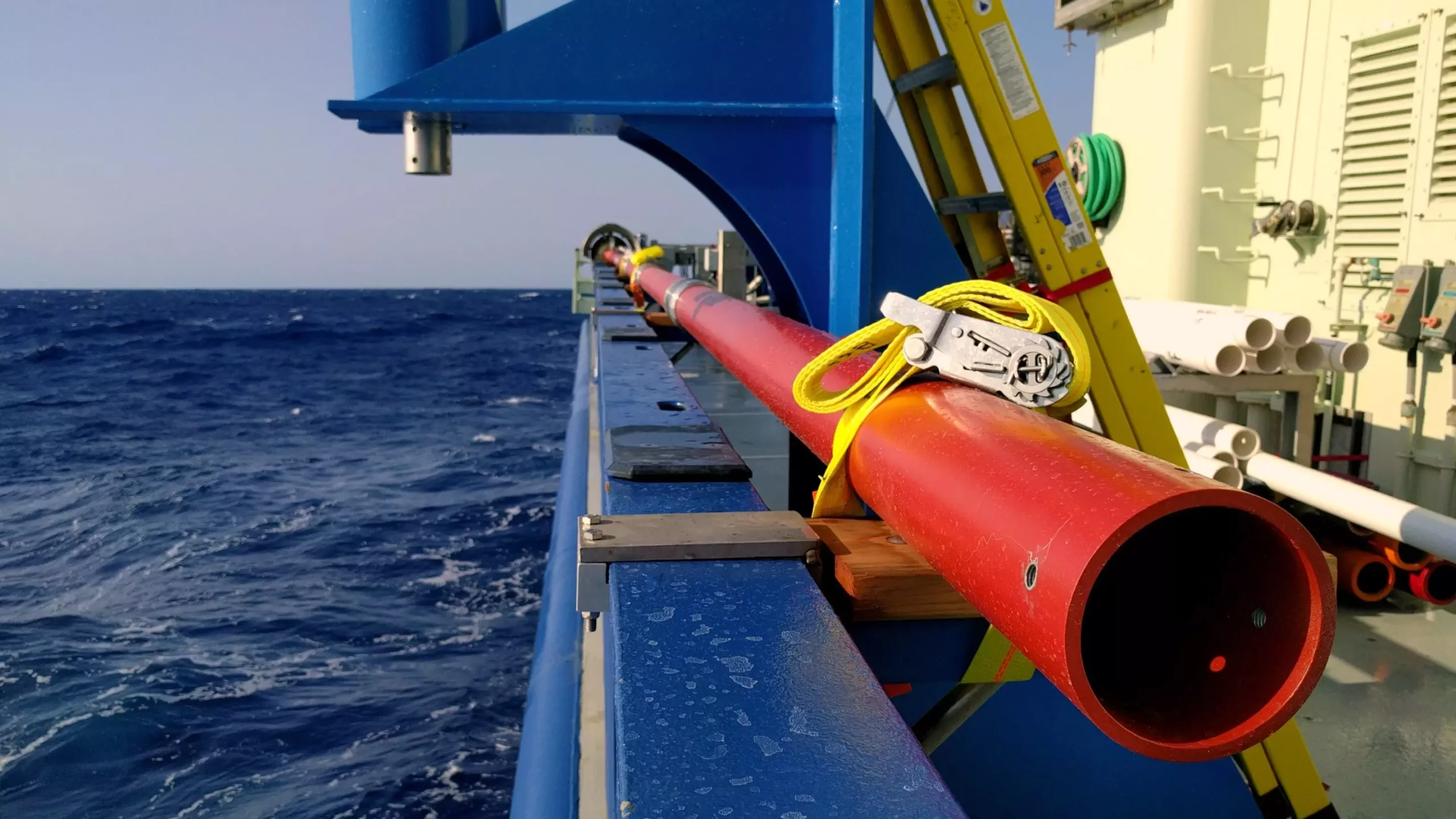Recent research conducted by a team from University College London (UCL) has unearthed compelling new evidence regarding the Gulf Stream, particularly its behavior during the last ice age around 20,000 years ago. At that time, the Gulf Stream was found to be significantly stronger than it is today, a situation attributed to intensified winds in the subtropical North Atlantic. This revelation could hold profound implications for our understanding of future climate dynamics. If the Gulf Stream, a vital component of the Atlantic Meridional Overturning Circulation (AMOC), is indeed sensitive to changes in atmospheric conditions, we may be looking at a chilling prospect for Europe as global temperatures continue to rise.
The Mechanics of Ocean Currents
To fully appreciate the implications of the UCL study, it’s crucial to grasp the mechanics of the Gulf Stream. This warm ocean current travels north along the eastern coast of the United States before crossing the Atlantic to Europe, bringing with it tropical heat that significantly moderates the continent’s climate. This warm water, once transported to European ports, plays a pivotal role in maintaining milder winters and influences atmospheric conditions across the region. However, the findings of the UCL researchers posit a disconcerting scenario: a weakening Gulf Stream in the wake of climate change could severely limit the amount of tropical warmth available to Europe, leading to stark cooling.
Imagine a future in which climate change causes subtropical winds—the very forces that bolster the Gulf Stream—to diminish. Should this theory come to fruition, it would not only lead to cooler temperatures across Europe but could also result in elevated sea levels along the North American coast. The magnitude of such changes remains unclear, yet the potential consequences are undeniably alarming.
A Double-Edged Sword: The Relationship between Wind and Water
The crux of the research reveals a delicate interplay between wind intensity and ocean current strength. During the last ice age, prevailing winds were not just stronger; they catalyzed a deeper and more vigorous Gulf Stream, even as ice sheets cloaked a large part of the northern hemisphere. This paradox raises an essential question: If even amid intense cooling the Gulf Stream could thrive, what does that say about the system’s fragility today?
Dr. Jack Wharton’s assertion that a weaker future wind regime could exacerbate Gulf Stream weakness is a stark reminder of the intricate balance that governs our climate. As oceanographers have previously noted, the AMOC is a complex mechanism that is heavily influenced by atmospheric conditions, including wind patterns. Thus, a reduction in wind-driven circulation could drastically alter the way heat is distributed across the globe.
Understanding the AMOC’s Vulnerabilities
The AMOC, often simplified to a “conveyor belt” model, is significantly more complex; it comprises various loops and pathways that interact in ways not fully comprehended by current models. The subpolar loop, which directs cold waters towards the Arctic regions, relies on mechanisms distinct from those that govern the subtropical loop encompassing the Gulf Stream. The interplay between these components has genuine implications for our global climate.
The present-day scenario of anthropogenic climate change poses particular threats to the AMOC’s integrity. The risk of melting glaciers in Greenland disrupting deep water formation is a clear and present danger. If warm glacial meltwater continues to pour into the North Atlantic, it could inhibit the cooling and sinking of surface waters essential for the cycle’s continuity. This disruption could lead to catastrophic changes—cooler temperatures in Europe and severe shifts in weather patterns across the continent.
Paving the Way for Future Research
While the findings from UCL provide critical insights, they underscore the need for continuous research into the Gulf Stream’s dynamics and the AMOC’s intricate systems. The isotopic signatures extracted from sediment cores indicate that the Gulf Stream during the last ice age was twice as deep and flowing at double the speed compared to present-day measurements. This historical evidence should fuel further investigations into past climate conditions to refine our predictive models and understand how variations in temperature and salinity influence oceanic currents.
In essence, the research highlights the urgency of addressing climate change. If we underestimate the interconnectedness of climate systems—particularly the role of ocean currents in regional climates—we may be neglecting vital clues to avert potential catastrophes. As scientists and policymakers grapple with these complex interdependencies, our grasp of the Gulf Stream’s past could be the key to navigating a turbulent climate future.


Leave a Reply